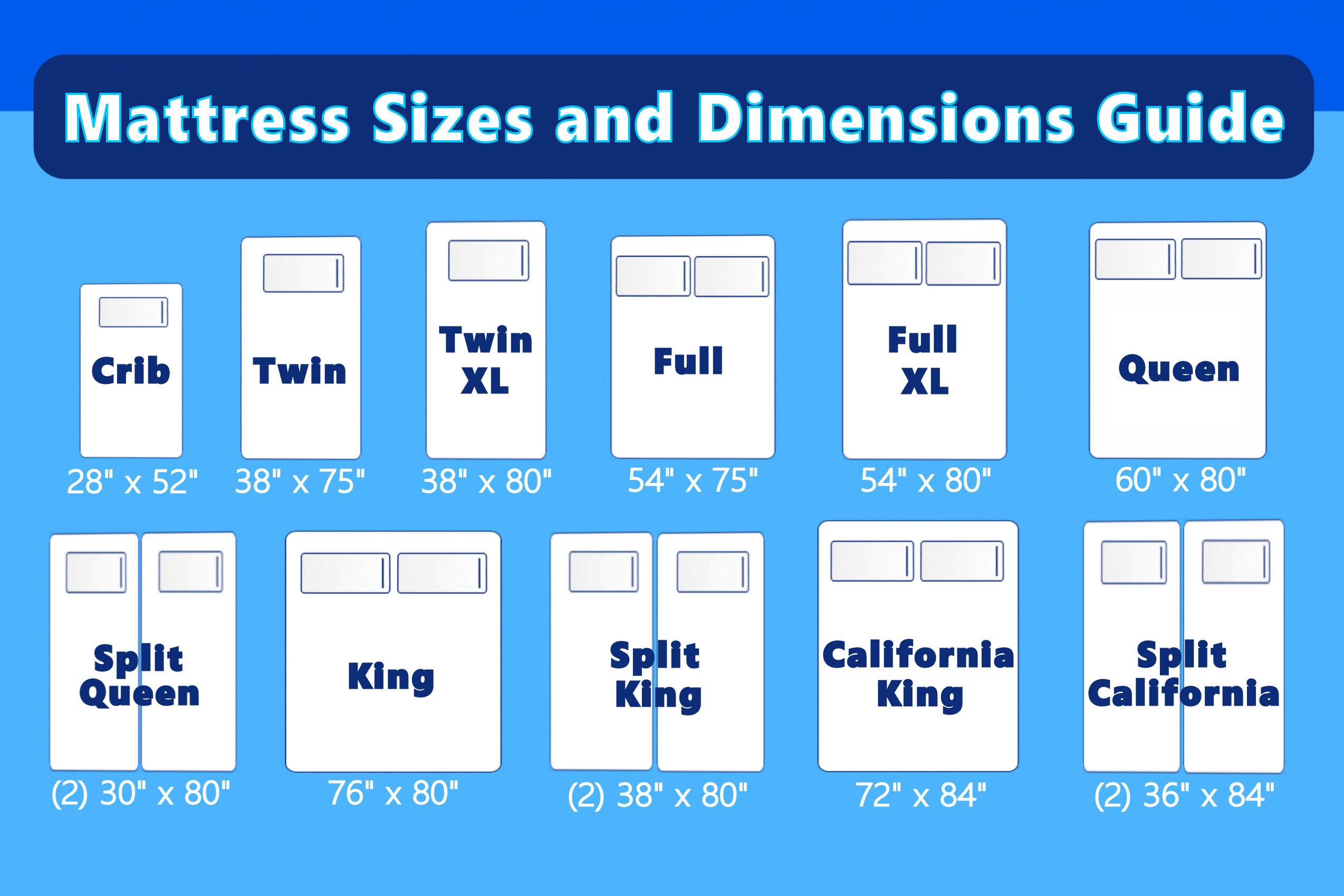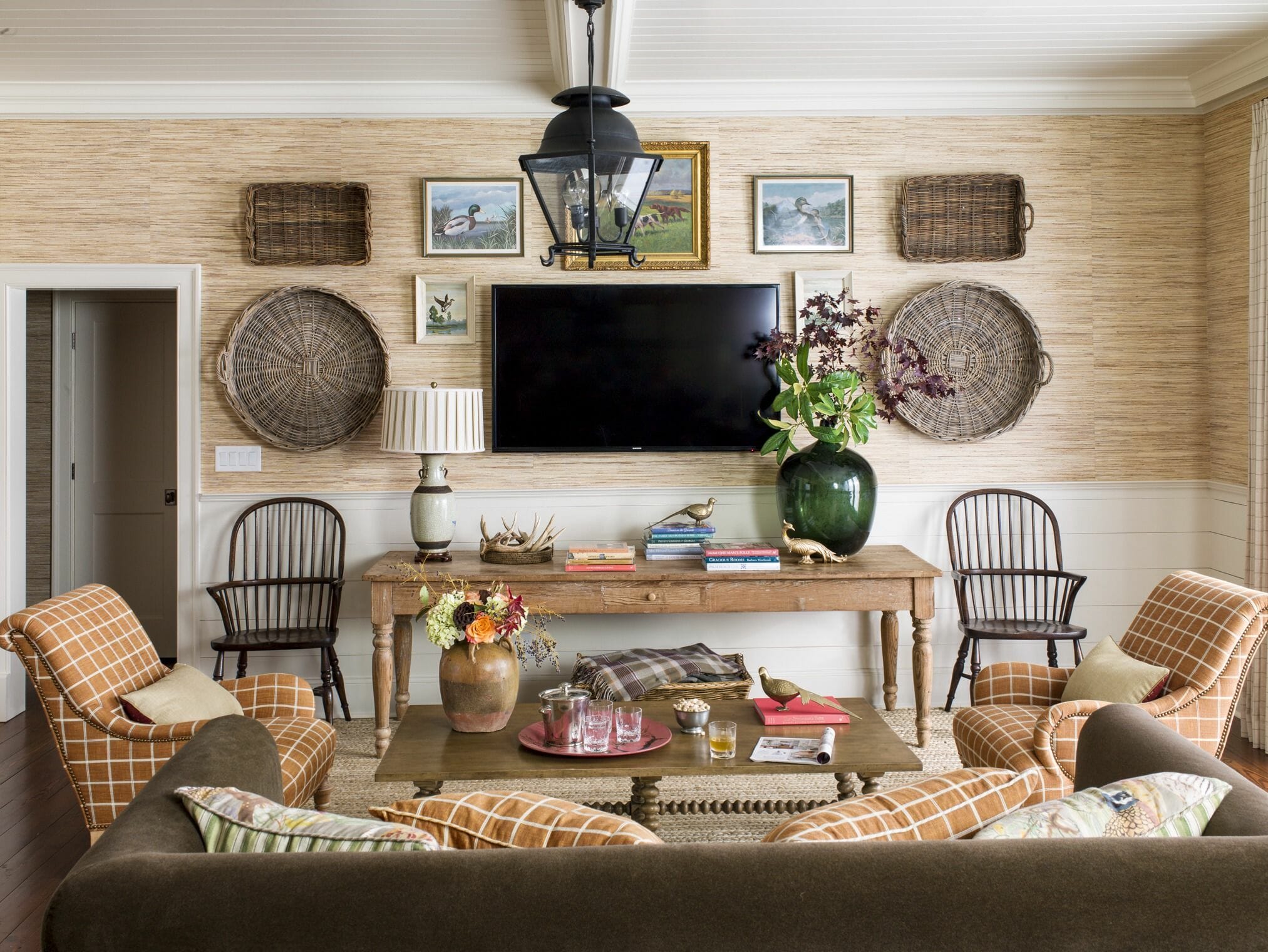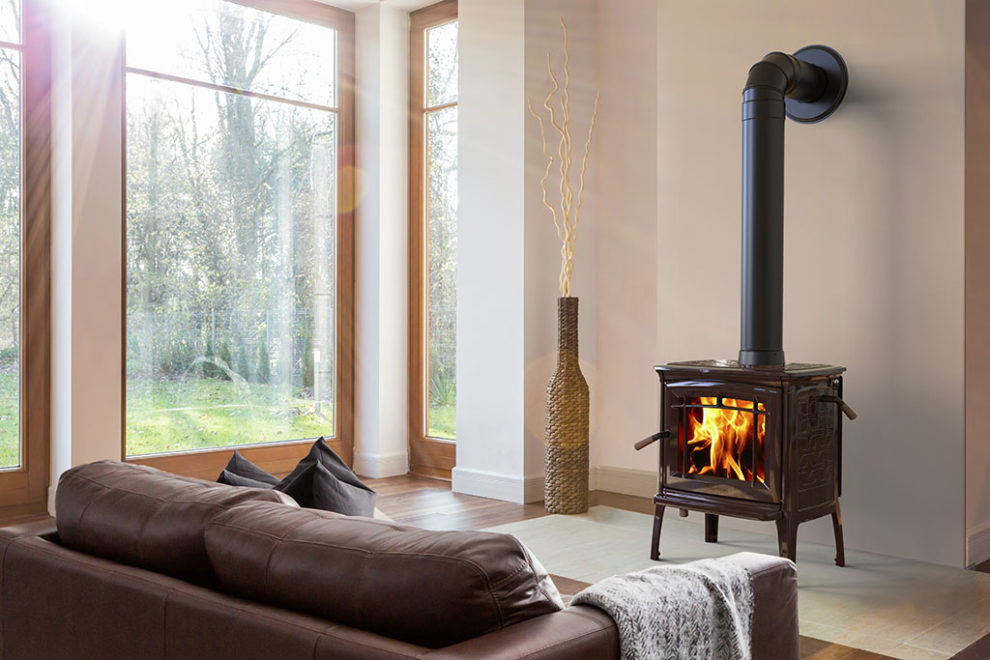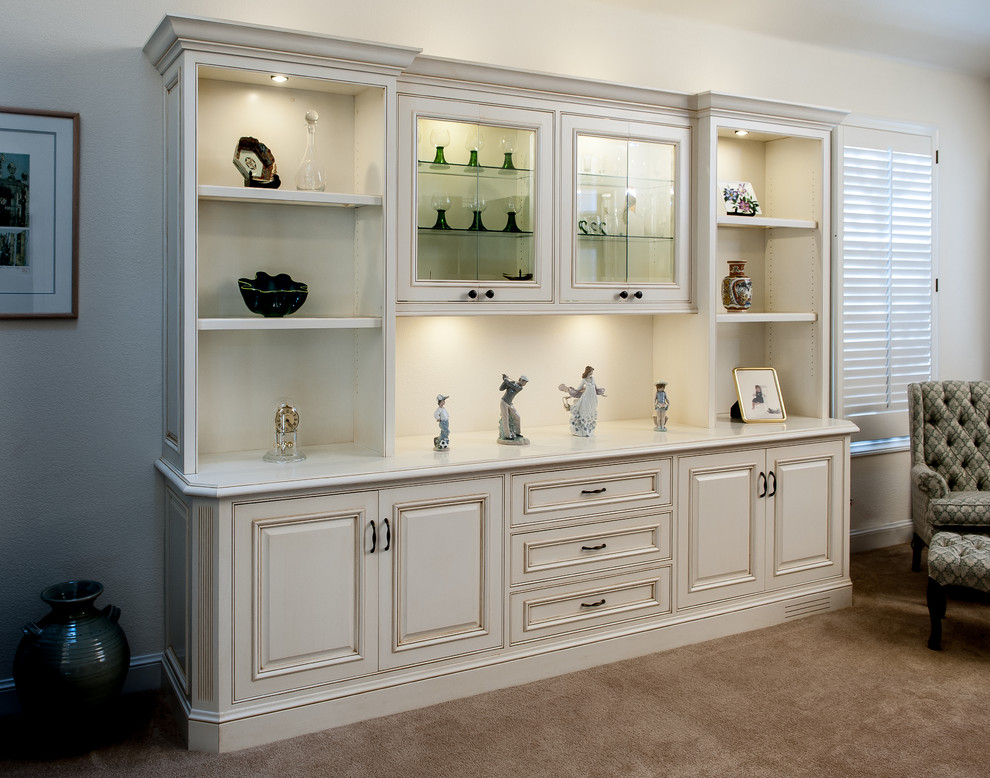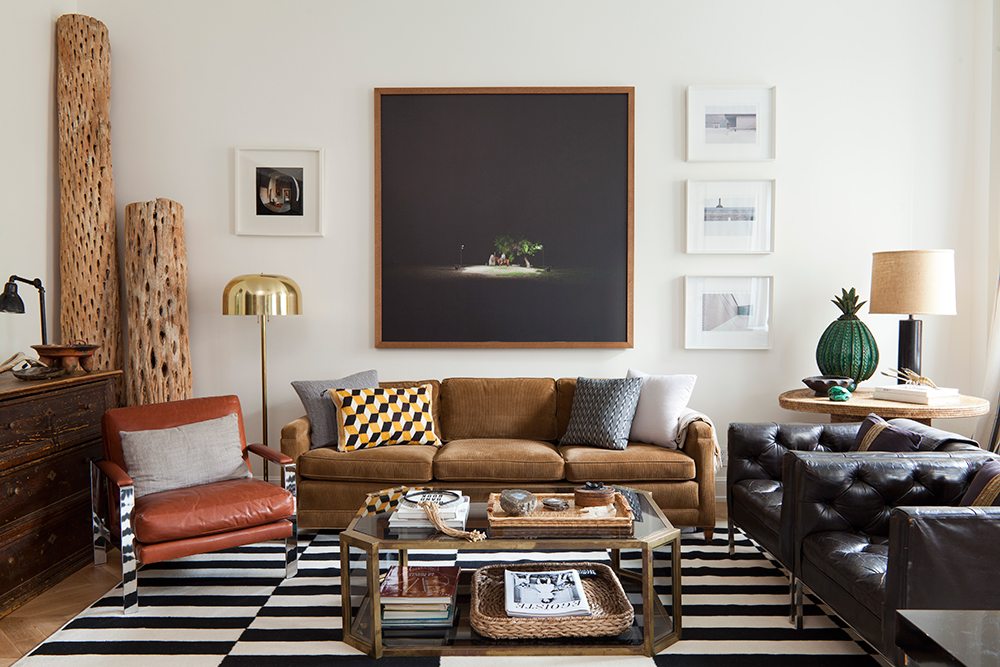Earthship design is focused on creating homes that are self-sufficient and provide clean energy. This type of design typically adopts wood and earth-rammed tires in order to construct an energy-efficient house. It is designed to capture rainwater, heat, and recycle grey water. In addition, the Earthship home design also requires molding the walls of the house to facilitate air flow and allow natural light to enter the house. Greywater, the wastewater from the sink, tub, and washing machine needs to be isolated and stored to be re-used in the house. To capture and control the rainfall, a capturing system should be installed that can be as simple as rain gutters or a more complex rain-catchment system to provide lush vegetation around the house.Earthship House Design for Renewable Energy
A net-zero energy house design is one of most popular Art Deco designs for renewable energy. This type of housing design intends to reduce the energy demands and provide clean, renewable energy to the occupants through a combination of passive and active solar design principles. By utilizing sole-source energy sources, such as solar power, wind, and geothermal sources, the energy demand for the home can be dramatically reduced. In order to take full advantage of the net-zero energy design, select energy-efficient appliances and energy star rated windows. In addition, strategically place the home to ideal solar orientation, install insulation into the walls and ceiling to reduce heating and cooling costs. Utilizing a combination of solar thermal water and PV cells can provide a net-zero energy home.Net-Zero Energy House Design for Renewable Energy
Passive solar design principles focus on leveraging the natural energy of the sun to reduce the need for artificial heating and cooling. This type of design is ideal for a custom home design as it doesn't require any costly energy-generating systems or mechanical components. It utilizes its positioning and size of windows, walls, and other components to maximize the amount of solar energy that is directly used by the occupants. Due to the cost-effectiveness of this design, passive solar house design is becoming a popular option for home owners looking to reduce their energy bills. When planning the house, select building materials and select energy-efficient windows that will allow more sunlight in to the house. Opt for a south-facing home orientation to maximize solar energy absorption, and minimize the need for artificial lighting.Passive Solar House Design for Renewable Energy
Sun-Tracking Solar Panel house design is focused on harnessing the natural energy of the sun to generate electricity. By incorporating advanced tracking and solar panel technology, the system is designed to take advantage of the sun’s position in the sky to maximize the output of solar power. This type of design allows the solar array to rotate throughout the day and track the optimal sun angle to generate more electricity. To make the most of this design, homeowners should install more solar panels than normal to take full advantage of the sun’s energy. Additionally, if this is coupled with thermal hot-water systems and PV cells, the energy generated can be used to power the house.Sun-Tracking Solar Panel House Design for Renewable Energy
Geothermal house designs utilize the natural energy of the Earth to heat and cool the home. This type of design uses earth tubes, which are buried in the ground and are insulated in order to distribute the constant temperatures of the Earth throughout the living area. Geothermal house designs reduce energy demands, as these house designs leverage the natural thermal energy of the Earth to keep the home comfortable in all seasons. The hot temperatures of the Earth in summer can be used to cool the house while the cold temperatures can be used for winter heating. The geothermal heat pumps should be installed by a professional contractor to ensure the maximum efficiency of the design.Geothermal Heat Pumps House Design for Renewable Energy
Windmill housing designs are focused on generating electricity from the natural energy of the wind. This type of design incorporates from large turbines and attached blades that capture the wind energy in order to generate electricity. In order to take full advantage of the windmill design, efficient turbines should be placed in areas with strong wind speeds. Additionally, the turbines should be placed in an elevated position in order to capture the maximum winds. If the windmill house design is coupled with thermal hot-water and PV cells, the energy generated can be used to power the house. Windmill House Design for Renewable Energy
Green living roof house designs are one of the most popular Art Deco designs due to their environmental and energy-saving benefits. This type of design is intended to be planted with vegetation to reduce air pollution, while promoting energy conservation. In order to maximize energy efficiency, select plants that will provide insulation against cold temperatures and will reduce the need for air conditioning. Additionally, the design should incorporate a light-weight waterproof layer to protect the home from water damage. With this design, the green roof can be tailored to the homeowner’s own style. Green Living Roof House Design for Renewable Energy
Micro hydropower house designs are focused on using the water from local bodies of water, such as rivers and streams, to generate electricity for the home. This type of design typically utilizes horizontal axis turbines along with a generator in order to capture the energy from the water. The turbine and generator should be installed in a location that has steady and reliable water flow, and the water temperature should be taken into account, as the colder the water is, the more efficient the turbine will be. The micro hydropower house design is typically more affordable than other renewable energy designs, making it a suitable option for low-income households.Micro Hydropower House Design for Renewable Energy
Rainwater harvesting house designs are focused on capturing and storing rainwater in order to re-use it in the home. This type of design typically utilizes tanks and collection pits that are designed to catch and store the rainwater. The water collection system needs to be properly sealed and insulated to ensure water quality. Additionally, the tanks need to be placed in a location with adequate sunlight in order to discourage the growth of bacteria and other infectious organisms. With the system in place, the stored water can be used for various tasks in the home, such as watering plants and washing clothes. Rainwater Harvesting House Design for Renewable Energy
Hybrid Solar System designs are focused on combining passive and active solar designs in order to maximize the energy efficiency of the house. This type of design typically utilizes solar cells and thermal hot-water systems to generate electricity and hot water for the home. In order to maximize the efficiency of the design, the home should be positioned facing the south in order to absorb as much solar energy as possible. Additionally, the building materials should be selected for their insulation and shading characteristics. Furthermore, energy-efficient appliances should be used to reduce the energy demands of the home, while PV cells should be installed in order to convert the solar energy into electricity. Hybrid Solar House Design for Renewable Energy
How a Renewable Energy House Design Can Enhance Your Home
 The increasing demand for sustainable living has influenced the way in which we design our homes and the materials we choose to use in them. They have become more conscientious when it comes to the environmental footprint of their houses and are looking for ways to reduce their energy consumption with a renewable energy house design. Renewable energy house designs are becoming more popular due to their potential for cutting electricity costs, reducing emissions, and providing better overall energy efficiency.
The increasing demand for sustainable living has influenced the way in which we design our homes and the materials we choose to use in them. They have become more conscientious when it comes to the environmental footprint of their houses and are looking for ways to reduce their energy consumption with a renewable energy house design. Renewable energy house designs are becoming more popular due to their potential for cutting electricity costs, reducing emissions, and providing better overall energy efficiency.
Lowering Carbon Footprint and Utility Bills
 When considering a
renewable energy house design
, homeowners are looking for ways to insulate their homes and use natural resources to generate clean, efficient power. This type of design incorporates features that focus on high energy efficiency, such as proper insulation, solar panels, and wind turbines. By using renewable sources of energy to power the house, it helps to reduce the amount of carbon dioxide released into the atmosphere and, in turn, helps to reduce global warming. Additionally, this type of design helps to lower electricity bills and has the potential to even generate cash through Feed-in Tariff schemes.
When considering a
renewable energy house design
, homeowners are looking for ways to insulate their homes and use natural resources to generate clean, efficient power. This type of design incorporates features that focus on high energy efficiency, such as proper insulation, solar panels, and wind turbines. By using renewable sources of energy to power the house, it helps to reduce the amount of carbon dioxide released into the atmosphere and, in turn, helps to reduce global warming. Additionally, this type of design helps to lower electricity bills and has the potential to even generate cash through Feed-in Tariff schemes.
Extending the Life of a Home
 A
renewable energy house design
is not only beneficial for the environment; it can also help to save money and increase the value of a home. Renewable energy designs may be more expensive to install initially, but they increase the longevity of a home by reducing wear and tear on the traditional energy sources used in most homes. It is estimated that this type of design can extend the life of a home by up to 15 years, as well as installing energy-saving light bulbs, efficient insulation, and automated lighting systems.
A
renewable energy house design
is not only beneficial for the environment; it can also help to save money and increase the value of a home. Renewable energy designs may be more expensive to install initially, but they increase the longevity of a home by reducing wear and tear on the traditional energy sources used in most homes. It is estimated that this type of design can extend the life of a home by up to 15 years, as well as installing energy-saving light bulbs, efficient insulation, and automated lighting systems.
Incorporating Sustainable Materials
 Homeowners looking to incorporate a
renewable energy house design
may also opt to use sustainable building materials in addition to renewable energy sources. This helps to minimize the environmental impact of the construction process and ensures that the materials used in the home don't deplete resources or require unsustainable levels of energy to make. Sustainable materials are made from renewable sources and don't require dangerous chemicals to create, which helps to improve the air quality in and around the home. Examples of sustainable materials include bamboo, cork, recycled glass, and
recycled wood
.
Homeowners looking to incorporate a
renewable energy house design
may also opt to use sustainable building materials in addition to renewable energy sources. This helps to minimize the environmental impact of the construction process and ensures that the materials used in the home don't deplete resources or require unsustainable levels of energy to make. Sustainable materials are made from renewable sources and don't require dangerous chemicals to create, which helps to improve the air quality in and around the home. Examples of sustainable materials include bamboo, cork, recycled glass, and
recycled wood
.
Modernizing Your Home with Renewable Energy House Design
 By incorporating a
renewable energy house design
into a home, homeowners can enjoy all the advantages of renewable energy while modernizing their home. Renewable energy designs are becoming more popular, and homeowners are now finding ways to incorporate this into their existing homes as well as new construction projects. This type of design is beneficial to the environment, helps to save money in the long-term, and increases the value of a home.
By incorporating a
renewable energy house design
into a home, homeowners can enjoy all the advantages of renewable energy while modernizing their home. Renewable energy designs are becoming more popular, and homeowners are now finding ways to incorporate this into their existing homes as well as new construction projects. This type of design is beneficial to the environment, helps to save money in the long-term, and increases the value of a home.






















































































